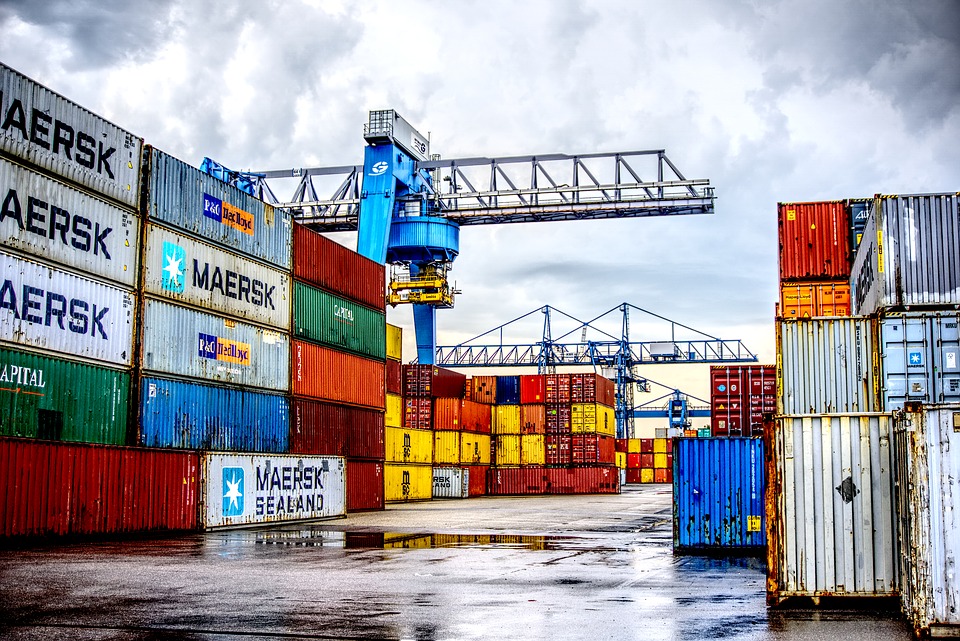
After the end of the Cold War, with the collapse of the former Soviet Union as a common security threat to China and the United States, the benefits arising from economic and trade cooperation have taken the place of common security interests as the cornerstone of stable China-US relations. Economic ties have been considered the ballast of bilateral relations. When the China-US relationship runs into trouble, economic ties usually serve as a stabilizer, preventing bilateral relations from sliding into greater conflict. But conditions have changed.
First, as the scale of China-US trade expands, the driving force for bilateral relations has weakened, even becoming an obstacle in some ways. Since the establishment of diplomatic relations, China-US trade has grown from $4 billion to $636 billion. As the volume of bilateral trade increases, so does the trade deficit. In 2017, the deficit in China-US commodity trade reached $375.2 billion, growing 8% over the previous year, surpassing the growth of overall trade. The US side is pushing the idea that bilateral trade benefits China while harming the US. Now that the US has defined China as a strategic rival, since the increase in trade benefits China more, it is no longer a driver for better relations, but a barricade. The Trump administration is planning to resort to such destructive means as tariffs and quotas to disrupt the future growth of China-US trade.
Second, while Chinese and American industrial structures remain more complementary than competitive, the US side is worried about Chinese products moving toward the higher end of the value chain. For the time being, US exports to China are mainly technology-intensive products, farm produce, and energy and resource products, Chinese exports to the US are mostly labor-intensive manufactured products with little added value. The pattern remains by and large complementary. But the US is concerned about the rapid rise of Chinese manufacturing on the value chain. According to Stephen Bannon, it would be too late if the US does not take action until China fulfills its “Made in China 2025” plan.
Third, investment between China and the US is unbalanced, with both parties facing changes in the investment environment. Facing more forceful competition from European, Japanese, and local rivals in the Chinese market, American investments have plateaued. Chinese investments in the US have increased very rapidly in recent years, growing 200% in 2016. Considering the depreciation of the yuan and the dramatic drop in Chinese foreign exchange reserves during the same period, there obviously was abnormal capital outflow. China moved to restrain investments in overseas real estate, hotels, cinemas, entertainment, and sports clubs. The US side worries Chinese firms may acquire sensitive advanced technologies through the purchase of American companies, “threatening US national security”, and so continuously tightens national security examination of acquisitions by Chinese firms. In 2017, global Chinese overseas direct investment dropped more than a third, with direct investments in North America dropping 35%. The Trump administration is plotting more measures to limit Chinese investments in sensitive industries and technologies in the US.
Fourth, the fact that China holds a mammoth amount of US treasury bonds inspires concern. Currently China holds about $1.1 trillion in US treasury bonds. At the critical juncture of the outbreak of the 2008 financial crisis in the US, China took great pains to withhold US government-guaranteed bonds, helping the US greatly in surviving the crisis. There has since been a certain kind of political mutual confidence between the two parties. As suspicions about China increases, the US side worries those bonds may be used as leverage against it. Meanwhile, the Chinese side is concerned about its tremendous foreign exchange reserves being exceedingly reliant on the US treasury bonds market, and thus seeking to diversify its investments.
Fifth, mechanisms of China-US economic communication have been compromised. China has established communication mechanisms like the Joint Commission on Commerce and Trade and the Strategic and Economic Dialogue. After Trump assumed office, the two countries set up a series of new dialogue mechanisms, including the Comprehensive Economic Dialogue. But recently the US side has made significant changes to such mechanisms. The US has discontinued the Comprehensive Economic Dialogue, and adopted a unilateral approach to promote its policy agenda. At the crucial juncture when economic and trade conflict threatens to escalate, the two countries found themselves in an awkward situation where there seems to be no viable channel for communication, which was rare in the past few decades.
The US believes today’s world has returned to an era of major power rivalry, so it backpedalled and applies Cold War thinking to its competition with China. Before and after Trump announced punitive tariffs against China, the Taiwan Travel Act took effect, the US navy sailed 12 nautical miles off China’s South China Sea features, and the US government greatly increased financing for Tibetan exiles in India, revealing the American attempt to mount strategic pressure on China politically, economically, diplomatically, and militarily. Against this backdrop, trade, the giant rock of China-US relations has become a source of shock, instead of a stabilizer.
China-US economic ties will continue moving forward in the future. But its nature will change, ushering more challenges and fierce conflicts. The Trump administration is highly adventurous, and the Chinese side must prepare for all possibilities and be ready to face the worst. Meanwhile, it is worth noticing that Trump and his team have stated on multiple occasions they are not after a “trade war”, and are in favor of solving differences via negotiation. Both parties have demonstrated restraint and reason in the initial measures announced. As long as they remain committed to a negotiated outcome, they can still find a way out of the present standoff.
Sustained, steady progress in China-US economic ties means a lot to China, the US, and the rest of the world. No matter how US policy orientations change, China should remain steadfast about deepening economic relations with it. We should work with people of insight in the US and strive to establish and perfect rules for engagement amid increasingly fierce conflicts. Since the ballast has been shaken, it is imperative to try to stabilize it. The US needs to adjust. We should make efforts to press for such adjustments even if the US doesn’t want to make them. At the same time, China also needs to reflect on some of its previous ideas and practices, draw lessons from the past, constantly refresh its thinking and adjust responses to cope with new challenges.




